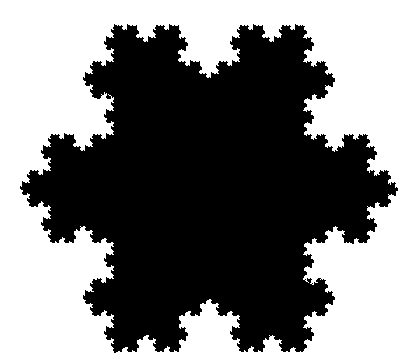Niels Fabian Helge von Koch
Quick Info
Stockholm, Sweden
Danderyd, Stockholm, Sweden

Biography
Helge von Koch's father was Richert Vogt von Koch, who had a military career, and his mother was Agathe Henriette Wrede. Von Koch attended a good school in Stockholm, completing his studies there in 1887. He then entered Stockholm University.Stockholm University was the third university in Sweden and it was planned from 1865, opening in 1880 with Mittag-Leffler as its first professor of mathematics. We should note that although we shall refer to it here by its present name of Stockholm University, it was known in Sweden as Stockholms Högskola until 1950 which literally means "Stockholm High School".
Von Koch spent some time at Uppsala University from 1888. He was a student of Mittag-Leffler at Stockholm University. Von Koch's first results were on infinitely many linear equations in infinitely many unknowns. In 1891 he wrote the first of two papers on applications of infinite determinants to solving systems of differential equations with analytic coefficients. The methods he used were based on those published by Poincaré about six years earlier. The second of von Koch's papers was published in 1892, the year in which von Koch was awarded a doctorate for his thesis which contained the results of the two papers. Von Koch was awarded a doctorate in mathematics by Stockholm University on 26 May 1892. Gårding writes in [2] that his doctoral thesis was:-
... a fantastically mature work ...Bernkoff writes in [1], however, that this work by von Koch:-
... cannot be called pioneering. His results were all fairly accessible, although many of the calculations are lengthy. He was aware, through a knowledge of Poincaré's work, of the possibility of obtaining pathological results but did little to explore them. Yet this work can be said to be the first step on the long road which eventually led to functional analysis, since it provided Fredholm with the key for the solution of his integral equation.Garding writes in [2]:-
After the thesis von Koch wrote many papers, among others some on infinite determinants, for instance in 1901, but the subject did not have many possibilities for extension and growth and present interest is nil.Between the years 1893 and 1905 von Koch had several appointements as an assistant professor of mathematics. He failed in his application for the chair of algebra and number theory at Uppsala University. In 1905 Bendixson, who had also been a student of Mittag-Leffler, resigned his professorship at KTH, (in Swedish Kungliga Tekniska Högskolan; in English the Royal Institute of Technology in Stockholm), when he accepted a chair at Stockholm University. Von Koch was then appointed to the chair of pure mathematics at the KTH. In July 1911 von Koch succeeded Mittag-Leffler as professor of mathematics at Stockholm University.

Von Koch's snowflake.
Von Koch is famous for the Koch curve which appears in his paper Sur une courbe continue sans tangente, obtenue par une construction géométrique élémentaire Ⓣ published in 1904. This is constructed by dividing a line into three equal parts and replacing the middle segment by the other two sides of an equilateral triangle constructed on the middle segment. Repeat on each of the (now 4) segments. Repeat indefinitely. It gives a continuous curve which is of infinite length and nowhere differentiable. If one starts with an equilateral triangle and applies the construction, one gets the von Koch snowflake (sometimes called the von Koch star) as the limit of the construction.
The von Koch snowflake is a continuous curve which does not have a tangent at any point. Von Koch's 1906 paper mainly consists of a proof of this fact. He also shows in the paper that there are two functions and which are both nowhere differentiable such that the snowflake curve is
where .
The first person to give an example of an analytic construction of a function which is continuous but nowhere differentiable was Weierstrass. At the end of his paper, von Koch gives a geometric construction, based on the von Koch curve, of such a function which he also expresses analytically.
Von Koch also wrote papers on number theory, in particular he wrote several papers on the prime number theorem such as Sur la distribution des nombres premiers Ⓣ in 1901 and Contribution à la théorie des nombres premiers Ⓣ in 1910.
References (show)
- M Bernkopf, Biography in Dictionary of Scientific Biography (New York 1970-1990). See THIS LINK.
- L Garding, Mathematics and Mathematicians : Mathematics in Sweden before 1950 (Providence, R.I., 1998).
- E Hellinger and O Toepletz, Encyklopädie der Mathematischen Wissenschaften II (Leipzig, 1923-27).
Additional Resources (show)
Other pages about Helge von Koch:
Other websites about Helge von Koch:
Cross-references (show)
Written by J J O'Connor and E F Robertson
Last Update May 2000
Last Update May 2000
